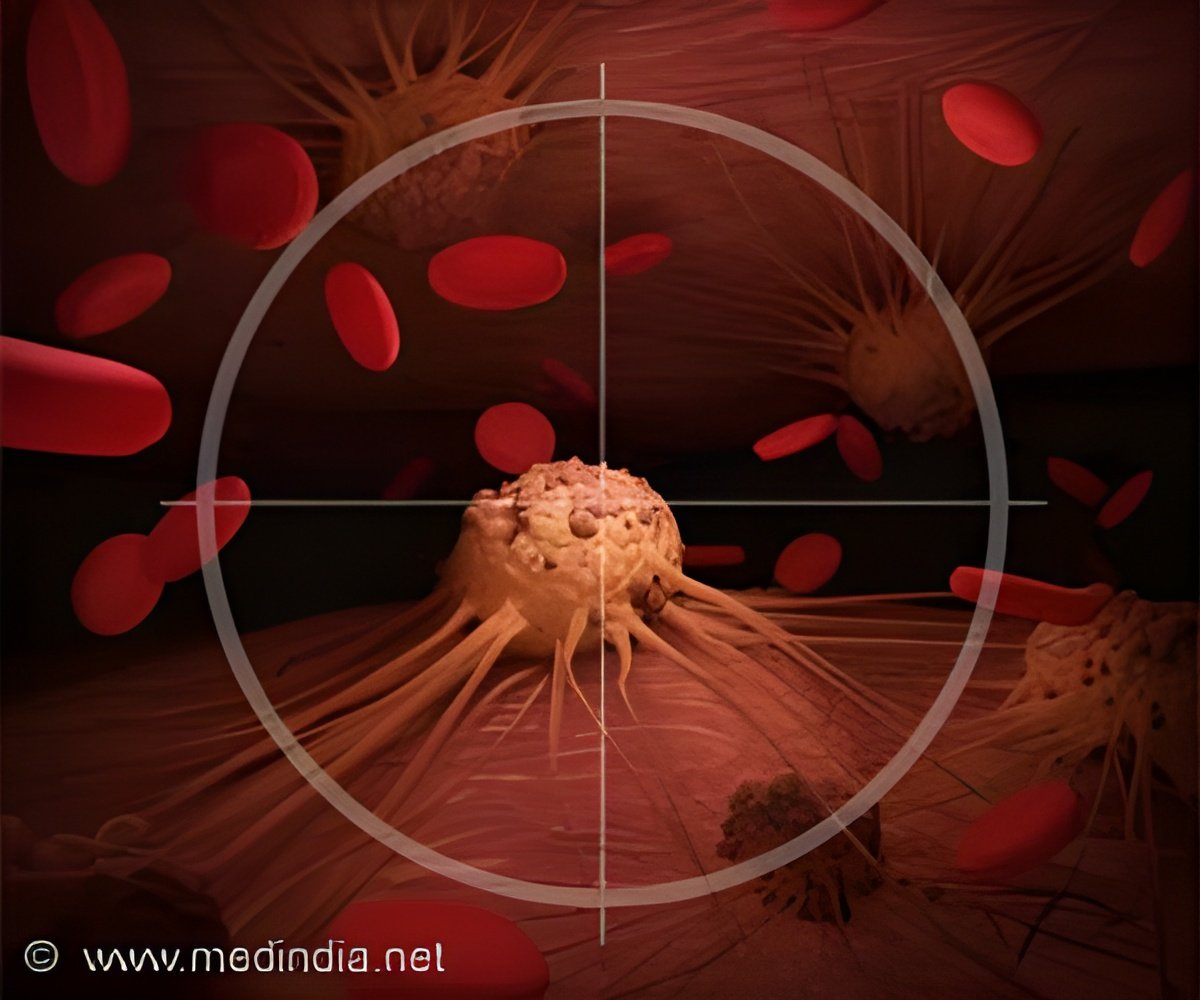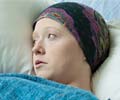New imaging technology uses the way light from lasers communicates with cancerous and healthy tissues to distinguish between them in real-time.

‘New imaging technology uses the way light from lasers communicates with cancerous and healthy tissues to distinguish between them in real-time.
’





A paper on the work, All-optical Reflection-mode Microscopic Histology of Unstained Human Tissues, was published Sep.t 16 in the journal Scientific Reports. Doctors now rely primarily on pre-operation MRI images and CT scans, experience, and visual inspection to determine the margins of tumors during operations.
Tissue samples are then sent to labs for testing, with waits of up to two weeks for results to show if the tumor was completely removed or not. In about 10 percent of cases - the rates for different kinds of cancer involving tumors vary widely - some cancerous tissue has been missed and a second operation is required to remove it.
The photoacoustic technology developed at Waterloo works by sending laser light pulses into targeted tissue, which absorbs them, heats up, expands and produces soundwaves. A second laser reads those soundwaves, which are then processed to determine if the tissue is cancerous or non-cancerous.
The system has already been used to make accurate images of even relatively thick, untreated human tissue samples for the first time ever, a key breakthrough in the development process.
Advertisement
"This will have a tremendous impact on the economics of health-care, be amazing for patients and give clinicians a great new tool," said Haji Reza, director of the PhotoMedicine Labs at Waterloo. "It will save a great deal of time and money and anxiety."
Advertisement
Source-Eurekalert














